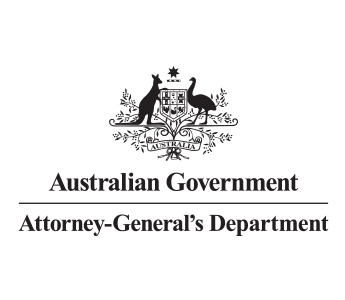Element 2: Well informed
Table of contents
What it means to be well informed: Policy advice should be grounded in evidence, consultation, and a deep understanding of the context, stakeholders, and potential impacts.
Being well informed through a fraud and corruption lens: Gather evidence and insights specifically about fraud and corruption risks relevant to the policy domain. This means going beyond general stakeholder consultation to include:
- Analysis of how the characteristics of the policy or initiative might make it more susceptible to fraud or corruption. For example, new delivery approaches, pace of delivery, complex processes, reliance on third-party providers, the profile of beneficiaries or the supply chain, the transaction values, or limitations in the delivery agency’s capability to manage fraud or corruption, can all increase the magnitude and prevalence of fraud and corruption across different segments of the population.
- Learning from past fraud or corruption incidents in similar programs. This might include reviewing case studies, industry reports, ANAO reports, or reports and findings from the National Anti-Corruption Commission.
- Seeking advice from those who specialise in risk management, counter fraud or anti-corruption. These specialists may exist within your own entity, or you may need to seek them out in the entity who will ultimately deliver the policy or initiative. Collaborating with them enables you to obtain trusted advice on the possible ways fraud or corruption might impact the policy or initiative, as well as guidance on how to effectively reduce these impacts.
Unfortunately, there will always be dishonest people who are motivated by financial and other incentives. Identifying the potential for fraud or corruption should be viewed as a positive and proactive achievement during the design process. If you identify the opportunities for fraud or corruption, you can protect your policy, program or initiative against their impacts.
You should ask yourself: ‘How could this policy or initiative be susceptible to fraudulent or corrupt actors, and what harm could this cause for affected stakeholders?’

